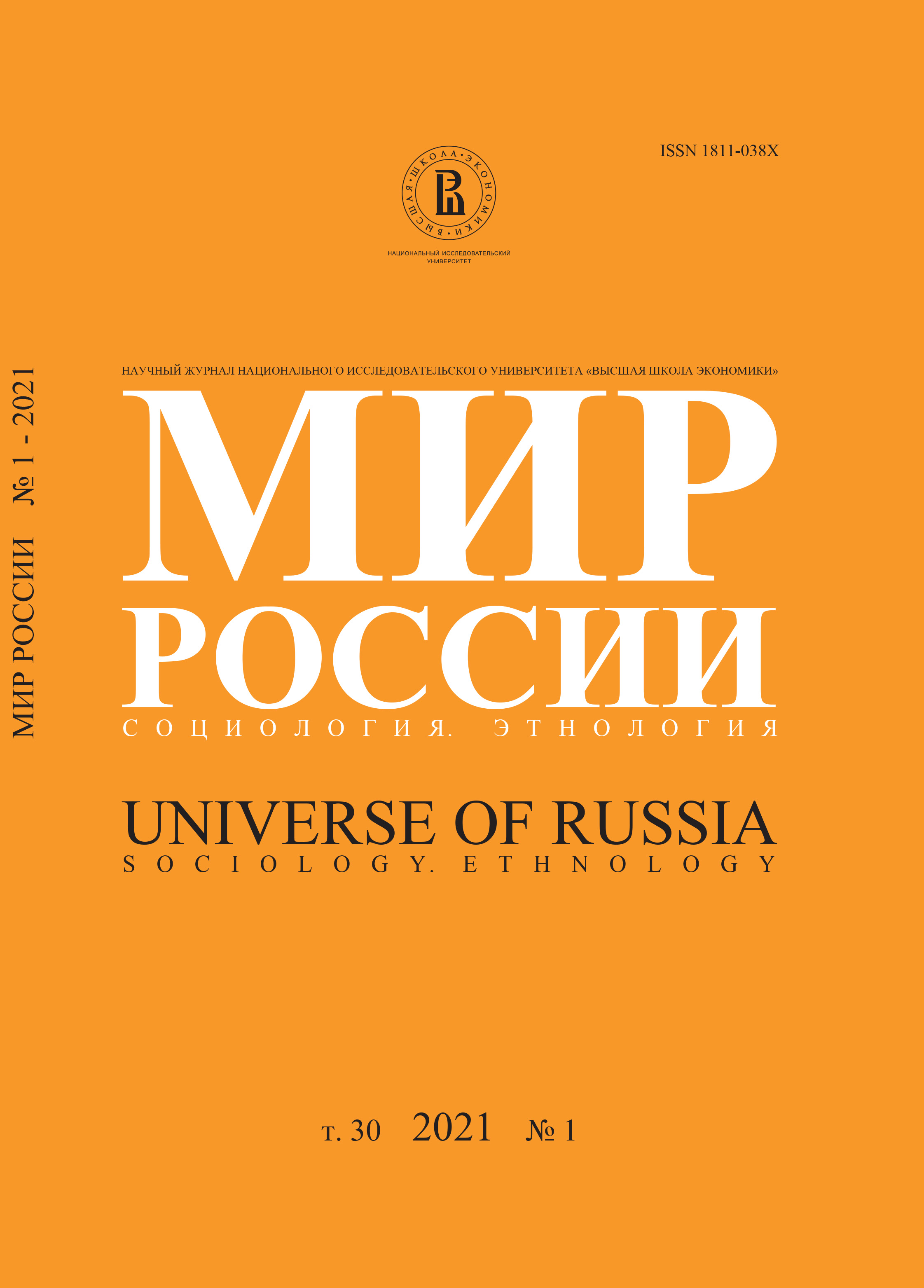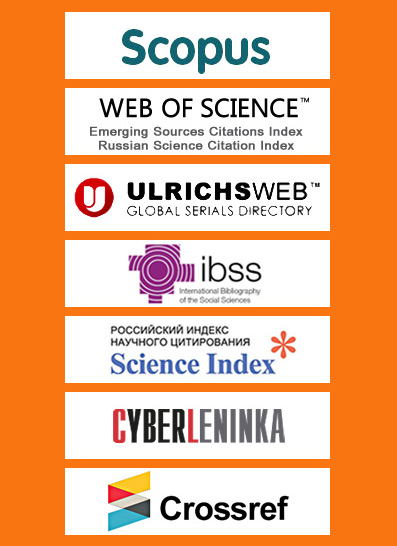Поляризация социально-экономического пространства в регионах староосвоенного Центра России: пример Ярославской области
Аннотация
В статье рассматриваются процессы поляризации и сжатия освоенного пространства регионов Центра России за пределами Московской области, имеющих продолжительную историю хозяйствования и богатое не только культурное, но и промышленное наследие. Основные исследовательские вопросы касаются выявления предпосылок и социально-экономических последствий поляризации социально-экономического пространства и оценки роли наследия староосвоенности. Рассматриваются эволюция хозяйственного освоения старопромышленных регионов Центральной России и смена его типов, особенности советской индустриализации в городах и унификации сельских районов, а также постсоветские трансформации
хозяйства. Детально проанализированы основные процессы последних десятилетий: концентрация промышленности, сжатие сельскохозяйственного производства, изменение расселения, современные миграции. Исследование включало анализ исторической литературы, обработку данных региональной и муниципальной статистики и полевых исследований в муниципальных районах Ярославской области, выбранной в качестве ключевого региона. Показано, что региональные центры развиваются благодаря модернизации и реосвоению старых промышленных площадок, созданию новых промышленных парков и постиндустриальных предприятий. Малые города в целом стагнируют и теряют население, хотя имеют разные траектории развития, которые определяются широким набором факторов – от географического положения до богатства культурного наследия и наличия активных жителей. Поляризация сельской местности проявляется в нарастании контрастов между пригородами с высокой плотностью населения и хозяйства и территориальными конфликтами, с одной стороны, и периферией, где стремительно сокращается сельское население, с другой, что свидетельствует о наследуемом советском инварианте организации пространства. Возрождение сельского хозяйства характерно лишь для отдельных очагов и основано на создании новых модернизированных предприятий в ареалах с лучшими природными условиями. Рассматривается противоречивость процессов модернизации, поляризации освоенного пространства и использования исторического наследия. Отдельное внимание уделяется роли человеческого потенциала в появлении локальных точек роста. Анализируются возможности не только репродукции и модернизации прежних видов хозяйствования, но и формирования новых функций, включая рекреационное ландшафтно-культурное и дачное природопользование, возникшие благодаря использованию внутренних и внешних ресурсов.






